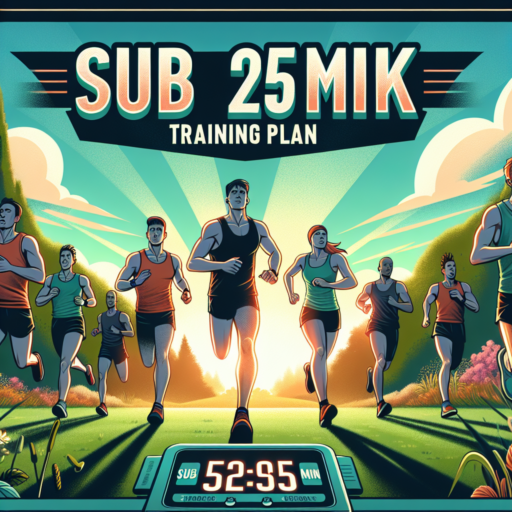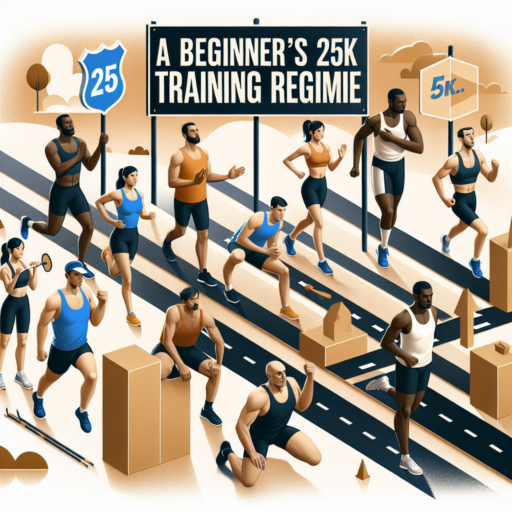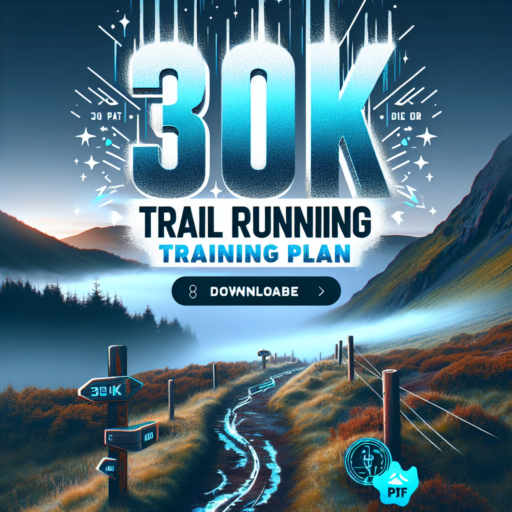How to train for a sub-25 minute 5K?
Training for a sub-25 minute 5K is a noteworthy goal for many runners, ranging from beginners aiming for a solid performance to more seasoned athletes looking to improve their personal bests. Achieving this goal requires a mix of endurance, speed training, and strategic planning. Here, we delve into fundamental strategies to help you shave off those crucial minutes and seconds.
Integrate Interval Training
One of the most effective methods to increase your running speed is through interval training. This involves short bursts of high-intensity running followed by periods of low-intensity recovery. For instance, you can start by running at a pace that is faster than your target race pace for 1 minute, followed by 1-2 minutes of slow jogging or walking for recovery. This approach not only boosts your cardiovascular fitness but also improves your muscle strength and endurance, all of which are essential for achieving a sub-25 minute 5K.
Incorporate Strength Training
Apart from focusing on running, incorporating strength training into your routine can significantly impact your ability to run faster. Exercises targeting your core, legs, and back can improve your running economy—meaning you use less energy to maintain a fast pace. Aim to include strength training sessions 2-3 times a week, focusing on compound movements like squats, lunges, and planks that mimic the muscle engagement of running.
Consistent Long Runs
Endurance is just as important as speed when aiming for a sub-25 minute 5K. Allocate one day a week for a long run that is significantly longer than 5K but completed at a slower, more manageable pace. This practice enhances your aerobic capacity, teaching your body to use oxygen more efficiently during your race. Over time, these longer distances will become more manageable, enabling you to maintain a faster pace over the 5K distance with greater ease.
Can I get a sub 20 minute 5K?
Achieving a sub 20 minute 5K is a coveted milestone for many runners, embodying not just physical fitness but also tactical racing and mental fortitude. To dip below this barrier, it’s not simply a matter of running more; it’s about running smarter. Understanding the principles of effective training, recovery, and race strategy is key to breaking through this time target.
Effective Training Approaches
Incorporating interval training and tempo runs into your routine is critical. Interval training helps improve speed and efficiency, while tempo runs build endurance to maintain a faster pace over the 5K distance. Additionally, ensuring a balance between hard workouts and recovery days prevents injuries and facilitates physiological adaptations.
Nutrition and Recovery
Nutrition plays a pivotal role in achieving a sub 20 minute 5K. A diet rich in carbohydrates, proteins, and essential fats fuels both training and recovery. Hydration, alongside proper sleep, significantly affects performance and recovery, facilitating the body’s healing and muscle-building processes.
How many mph to run 5K in 25 minutes?
To understand the pace needed to run a 5K in 25 minutes, it’s crucial to break down the math involved. Running a 5K, which is approximately 3.1 miles, in this timeframe means you’d need to maintain a consistent speed throughout the course. Achieving this goal requires a blend of speed, stamina, and strategy.
Calculating Your Pace
The pace required to hit this target can be calculated by dividing the distance by the time in hours. Given that 25 minutes is roughly 0.417 hours, dividing 3.1 miles by this time gives an average pace of about 7.43 miles per hour (mph). Holding this pace is the key to completing your 5K in the desired 25 minutes.
Training for Your Goal
Training to maintain a speed of 7.43 mph over the distance of a 5K demands a focused training regimen. Incorporating interval training, long runs, and pace workouts into your routine can significantly enhance your stamina and speed. These sessions should aim to condition your body to get accustomed to the pace, gradually increasing your ability to sustain it over the entire 5K distance.
Running a 5K in 25 minutes is a realistic goal for many runners, but reaching it requires dedication and a well-structured training plan. By focusing on maintaining a pace of 7.43 mph, you can set yourself up for success and possibly even set a new personal record.
No se han encontrado productos.
How to run a faster 5K training plan?
Improving your 5K running time requires a focused and specialized training plan that not only increases your speed but also enhances your running efficiency. A faster 5K training plan incorporates strategic workouts designed to push your pace and stamina to new heights. Understanding the core elements of these plans can help you shave minutes off your current 5K time.
Key Components of a Faster 5K Training Plan
- Interval Training: Short, high-intensity runs alternated with periods of rest or low activity to improve speed and cardiovascular capacity.
- Tempo Runs: Longer distance runs at a challenging, but sustainable pace. These runs teach your body to sustain speed over distance, improving overall endurance.
- Strength Training: Incorporating exercises aimed at enhancing core strength and leg power, crucial for boosting your running efficiency and pace.
To successfully run a faster 5K, consistency in training is key. Gradually increasing the intensity of workouts while ensuring proper rest and recovery times are critical to avoiding injuries and achieving continuous improvement. Additionally, focusing on your running form can play a significant role in running more efficiently, thereby increasing your speed. Integrating these elements into your training regime will not only prepare you for a faster 5K but also build a stronger, more resilient runner’s physique.




